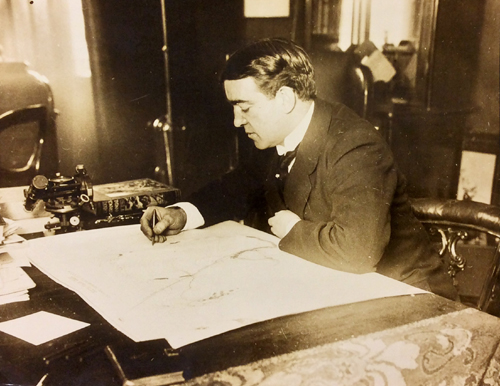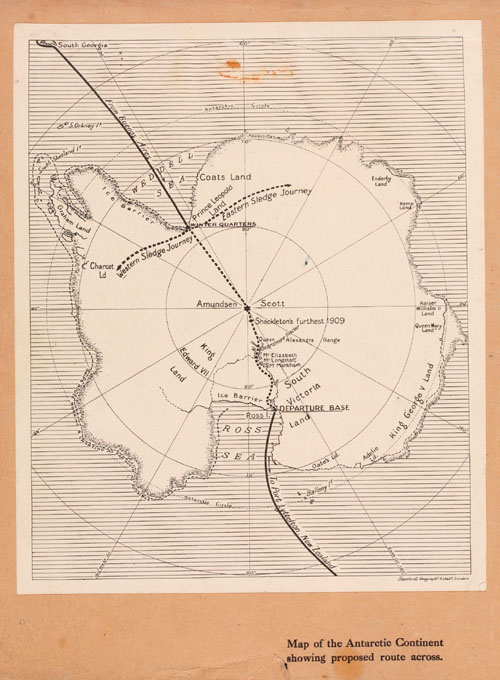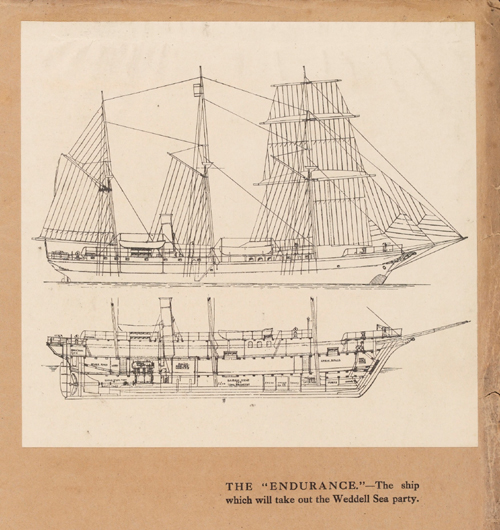The story behind one of the world’s most epic survival stories is to be displayed in an archive at the National Library of Scotland opening today.
The archive will tell the story of legendary explorer Sir Ernest Shackleton’s 1914-17 Imperial Trans-Antarctic Expedition to cross Antarctica from sea to sea, via the South Pole turned on the Endurance ship.
The story will be told through a display of contemporary newspaper cuttings; maps and plans; photographs; fundraising appeal information; scientific papers; and books that were subsequently written about the expedition including several for children.

On the expedition the Endurance ship became trapped in ice and crushed, forcing the men to scramble on to ice floes where they remained for months.
They eventually made it to a rocky outpost called Elephant Island but were still 900 miles from safety.
Shackleton and five others set off in a small lifeboat called the James Caird – named after the Scots jute baron who was the major sponsor of the expedition- to try to raise the alarm at a whaling station at South Georgia.

Landing on the southern shore, they finally faced a 36 miles trek in freezing conditions across mountainous terrain to reach the station on the northern edge of the island.
The remaining men on Elephant Island were rescued on 30 August, 1916, almost two years after the expedition first assembled.
Their ordeal over such a long time in hostile conditions has been described as “the greatest survival story of all time.”
The display, entitled Beyond Endurance, relies heavily on the archive of the Scots geologist Sir James Mann Wordie who was a member of the Trans Antarctic expedition and later became one of the most influential figures in polar exploration of the 20thcentury.

“If this was written as fiction, most people would find it hard to believe,” said Paula Williams, Curator of Maps, Mountaineering and Polar Collections at the Library who has put the display together.
“The epic story of the crew’s survival is, of course, very real and has become the stuff of polar legend. We are using many items from our collections to tell this remarkable story in this centenary display.”
Although the men were never far from danger, there were periods when serious work could be done. Wordie made use of this time to produce scientific papers about the ice and geology of the area that added greatly to geographic understanding of the polar region. Some of these papers are included in the display.
The personal collection of books and papers once belonging to Wordie form the heart of the polar collections at the National Library and items from them are included in the display. They help to tell the story of the Shackleton expedition and of the place that Wordie subsequently occupied in polar exploration.
He became chairman of the Scott Polar Research Institute, president of the Royal Geographical Society, and master of St Johns College, Cambridge. In these and other roles he shaped numerous polar expeditions, following a successful model of small, seasonal trips that has largely been followed down to the present day.
Beyond Endurance runs until January 18 at the National Library of Scotland.

